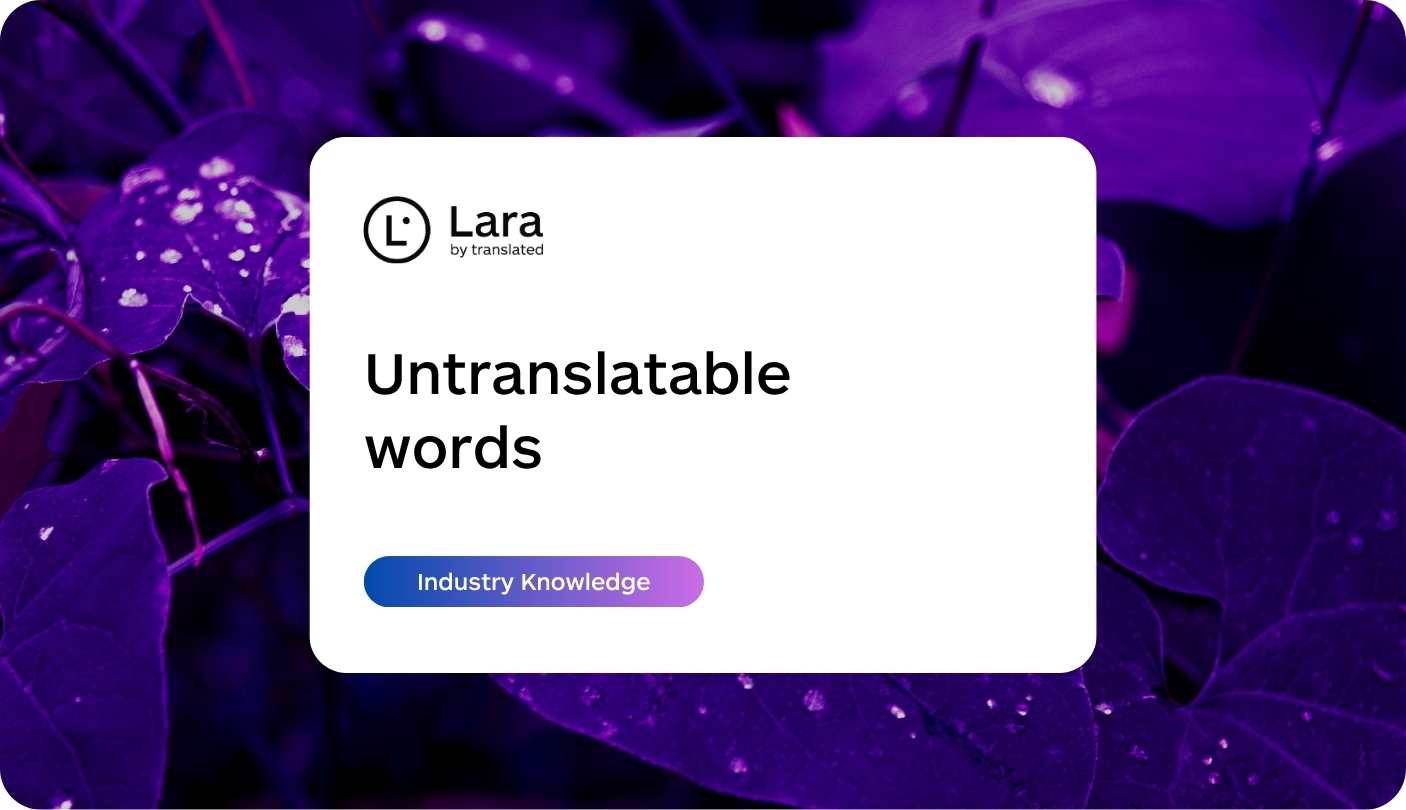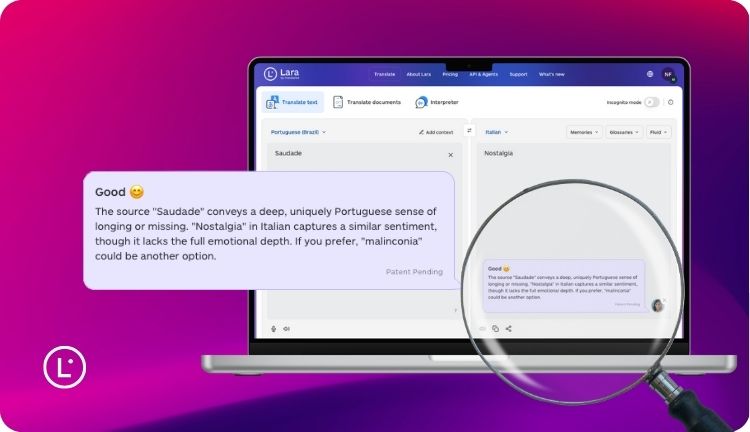Language shapes how we see the world often in ways we don’t even notice. While most ideas can be translated from one language to another, there are certain words that just won’t budge. These so-called untranslatable words open small windows into the soul of a culture, offering glimpses of thoughts, feelings, or experiences that don’t quite exist elsewhere.
But they’re more than just linguistic oddities. These words are like cultural time capsules: they capture how a group of people understands life, what they value, and how they feel things. When a language invents a single word to express something that takes a whole sentence in another, it’s a sign. That idea means something deeper; it’s part of the rhythm of everyday life in that culture.
Untranslatable words remind us that language isn’t just a tool, it’s a reflection of who we are, where we come from, and how we make sense of the world around us.
What makes a word untranslatable?
The phenomenon of untranslatability occurs when a word encapsulates a concept, emotion, or experience so specific to one culture that no equivalent exists elsewhere. These aren’t simply gaps in vocabulary they represent fundamental differences in how cultures perceive and categorize human experience.
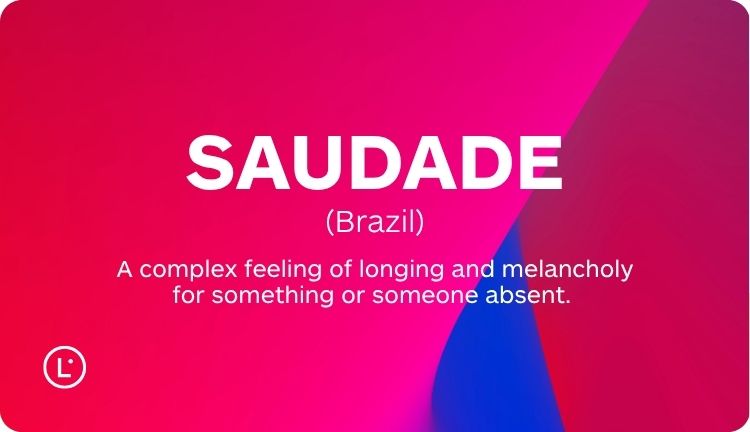
Consider the Portuguese word saudade, often described as a deep nostalgic longing for something or someone absent. While we can explain this concept in English, no single word captures its full emotional complexity. This cultural meaning in language reflects how Portuguese-speaking cultures have identified and named a specific emotional state that resonates deeply within their collective experience.
The German language offers particularly rich examples, with words like Schadenfreude (pleasure derived from another’s misfortune) and Torschlusspanik (the anxiety that time is running out to achieve life goals). These concepts exist universally, but German culture has deemed them significant enough to deserve dedicated terminology.
Examples of untranslatable words across cultures
Language and cultural identity become deeply intertwined when we examine specific examples of these unique expressions. The Danish concept of hygge represents far more than simple coziness—it embodies an entire philosophy of finding contentment through life’s simple pleasures. This reflects Denmark’s cultural values of comfort, togetherness, and appreciation for modest joys.
Japanese culture has gifted us numerous examples of untranslatable words that reveal their aesthetic and philosophical worldview. Wabi-sabi describes finding beauty in imperfection and impermanence, while komorebi captures the specific beauty of sunlight filtering through leaves. These words don’t just describe visual phenomena—they represent a cultural framework that finds profound meaning in subtle, transient moments.
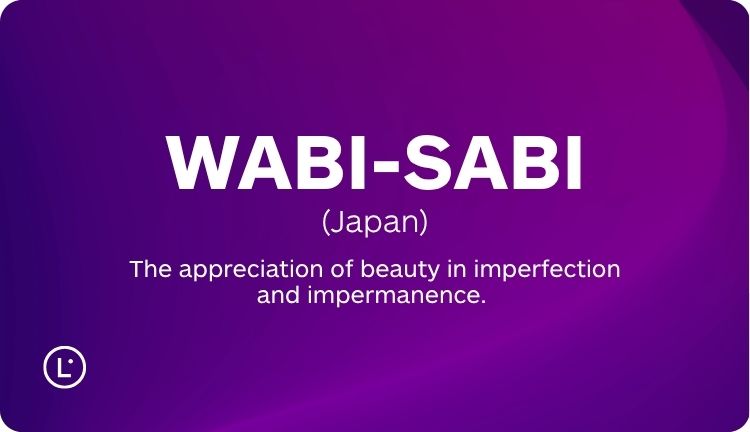
From the Bantu languages of Southern Africa comes Ubuntu, expressing the philosophy that “I am because we are.” This single word encapsulates an entire worldview about human interconnectedness that contrasts sharply with more individualistic cultural perspectives.
The Yaghan people of Tierra del Fuego created Mamihlapinatapai to describe a look shared between two people who both desire something but neither wants to initiate it. This incredibly specific word suggests a culture deeply attuned to subtle human communication and unspoken social dynamics.
What untranslatable words reveal about culture
These linguistic treasures offer profound cultural insights from language by highlighting what different societies consider important enough to name. When cultures create words for specific experiences, they’re essentially saying, “This happens often enough and matters enough that we need a dedicated term for it.”
The abundance of emotions only certain languages capture reveals how different cultures prioritize and understand human feelings. Finnish sisu describes a fierce determination in the face of adversity that goes beyond simple perseverance—it represents a cultural value of stoic resilience that’s central to Finnish identity.
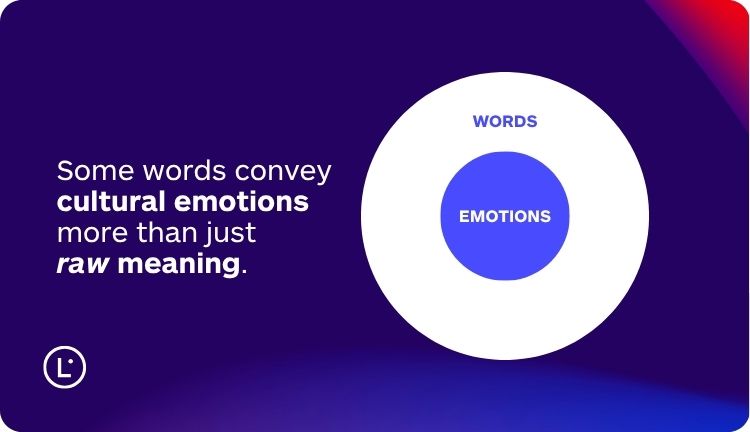
Meanwhile, the Welsh word hiraeth captures a melancholic longing for a homeland that may no longer exist or never did. This concept emerged from a culture with a complex relationship to place, identity, and belonging—themes that resonate throughout Welsh history and literature.
The connection between language and worldview
The study of linguistic relativity and culture suggests that language doesn’t just reflect our thoughts—it may actually influence how we think. While this relationship isn’t deterministic, untranslatable words demonstrate how different languages can highlight aspects of experience that others might overlook.
Consider how the Himba tribe of Namibia categorizes colors differently than Western cultures, grouping certain blues and greens together while distinguishing between green shades that appear identical to most English speakers. Their language and worldview create different perceptual categories that influence how they actually see color.
This phenomenon extends to concepts of time, relationships, and social interaction. Korean has seven distinct levels of politeness depending on social relationships, while Vietnamese offers eighteen different words for “you.” These linguistic distinctions reflect cultural values about hierarchy, respect, and social awareness that shape daily interactions.
How technology bridges untranslatable concepts
While traditional translation methods struggle with these cultural nuances, modern AI translation technology is beginning to address these challenges in sophisticated ways. Cross-cultural linguistics requires not just linguistic knowledge but deep cultural understanding—something that advanced language models are increasingly capable of providing.
Lara Translate represents a significant advancement in handling these complex linguistic scenarios. Rather than simply providing word-for-word translations, Lara’s contextual AI approach recognizes when concepts require cultural explanation rather than direct translation. The platform can identify untranslatable words and provide rich contextual information that helps users understand not just what a word means, but why it exists and what it reveals about its culture of origin. This approach acknowledges that effective translation often requires bridging cultural gaps rather than simply converting text between languages.
This technology proves particularly valuable for businesses and individuals working across cultures, where understanding these subtle cultural concepts can mean the difference between successful communication and costly misunderstandings. Learn more about how AI enhances game localization for examples of cultural context in digital media.
The emotional landscape of untranslatable words
Many untranslatable words focus on unique expressions of emotion that reveal how different cultures understand and process feelings. The Arabic concept of Tarab describes the emotional transformation that occurs when deeply moved by music—an experience that Arabic culture considers significant enough to name specifically.
German offers Gemütlichkeit, describing a state of warmth, friendliness, and belonging that goes beyond simple comfort. This concept reflects German values around community and the importance of creating welcoming social spaces.
These emotional vocabularies demonstrate how language and human experience intersect in profound ways. When cultures develop specific words for emotional states, they’re not just expanding their vocabulary—they’re creating frameworks for understanding and discussing complex human feelings.
Words that show cultural values
Language diversity manifests most clearly in words that show cultural values through their very existence. The Japanese concept of omotenashi describes wholehearted service without expectation of reward or recognition—reflecting cultural values of selfless dedication and attention to others’ needs.
Swedish lagom means “just the right amount”—not too much, not too little—embodying cultural values of moderation and balance. This concept appears throughout Swedish design, social policy, and daily life, representing a cultural philosophy that prizes equilibrium over excess.
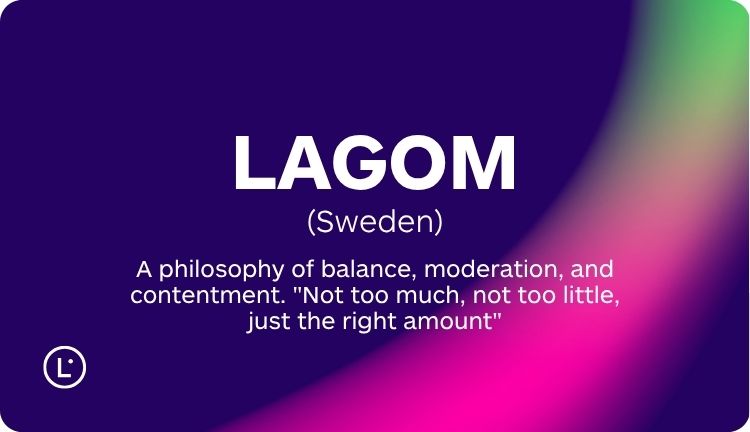
Understanding these cultural values through language helps us appreciate the rich diversity of human approaches to life’s fundamental questions. Each untranslatable word represents a different answer to how we might live, feel, and relate to one another.
Preserving linguistic heritage in a global world
As globalization increases contact between cultures, many unique expressions risk being lost. Cultural insights from language become even more valuable as we recognize how these words preserve ways of thinking that might otherwise disappear.
Technology plays a crucial role in preserving and sharing these linguistic treasures. Digital platforms can document, explain, and help people understand concepts that might otherwise remain inaccessible to those outside their originating cultures. Understanding how Lara works reveals how modern translation technology can help preserve these cultural nuances while making them accessible to global audiences.
The challenge lies in maintaining the authenticity and depth of these concepts while making them comprehensible across cultural boundaries. This requires not just linguistic skill but cultural sensitivity and deep understanding of context.
Learning from untranslatable words
These remarkable words offer more than interesting trivia—they provide opportunities for expanding our own emotional and conceptual vocabularies. By learning about concepts like saudade, hygge, or Ubuntu, we gain access to new ways of understanding our own experiences.
Many people report that learning untranslatable words helps them identify and name feelings or experiences they’ve had but couldn’t previously articulate. This demonstrates how language can actually expand our capacity for self-understanding and emotional awareness.
The study of untranslatable words also cultivates empathy and cultural appreciation. Understanding why certain concepts matter enough to receive dedicated words in other cultures helps us appreciate different approaches to universal human experiences.
FAQs
Why do some words resist translation?
Words become untranslatable when they encapsulate cultural concepts, emotions, or experiences so specific that other languages have never needed to develop equivalent terms. These words often reflect unique cultural values, environmental conditions, or social structures.
Can untranslatable words be learned by speakers of other languages?
Absolutely. While the full cultural resonance might take time to develop, people can learn to understand and even use these concepts in meaningful ways. Many untranslatable words have been adopted into other languages precisely because they fill useful gaps.
How do translators handle untranslatable concepts?
Professional translators typically provide explanatory phrases or cultural context rather than attempting direct translation. Modern AI translation tools are increasingly sophisticated at recognizing when concepts require explanation rather than substitution.
Do untranslatable words prove that some thoughts can’t be shared across cultures?
Not exactly. While these words show that cultures categorize experience differently, the concepts they represent can usually be explained and understood across cultural boundaries, even if they require more words or context.
This article is about
- Untranslatable words and their significance in revealing cultural perspectives and values
- Examples of untranslatable words from various cultures including Portuguese saudade, Danish hygge, and Japanese wabi-sabi
- How cultural meaning in language demonstrates what different societies consider important enough to name
- The relationship between language and cultural identity in shaping worldviews and emotional expression
- What untranslatable words reveal about culture in terms of values, priorities, and ways of experiencing life
Useful articles
- Pope Leone XIV: new linguistic horizons for the catholic church
- The Conclave’s Multilingual Shift: From Latin to Global Voices
- The Role of AI in Preserving Endangered Languages
